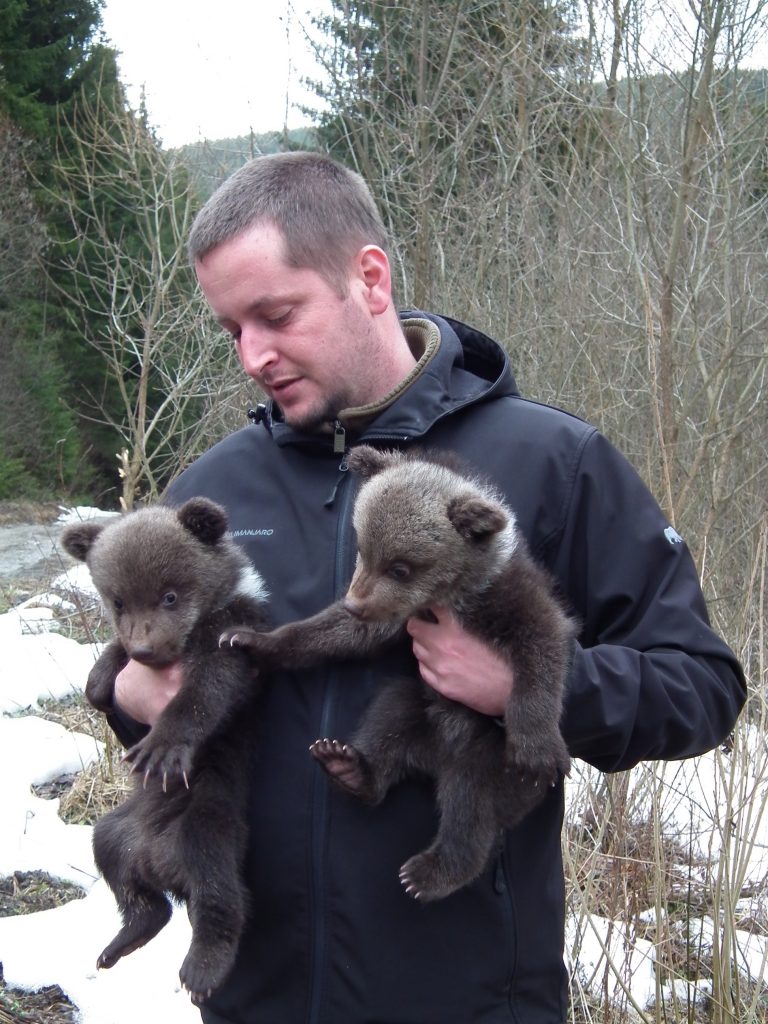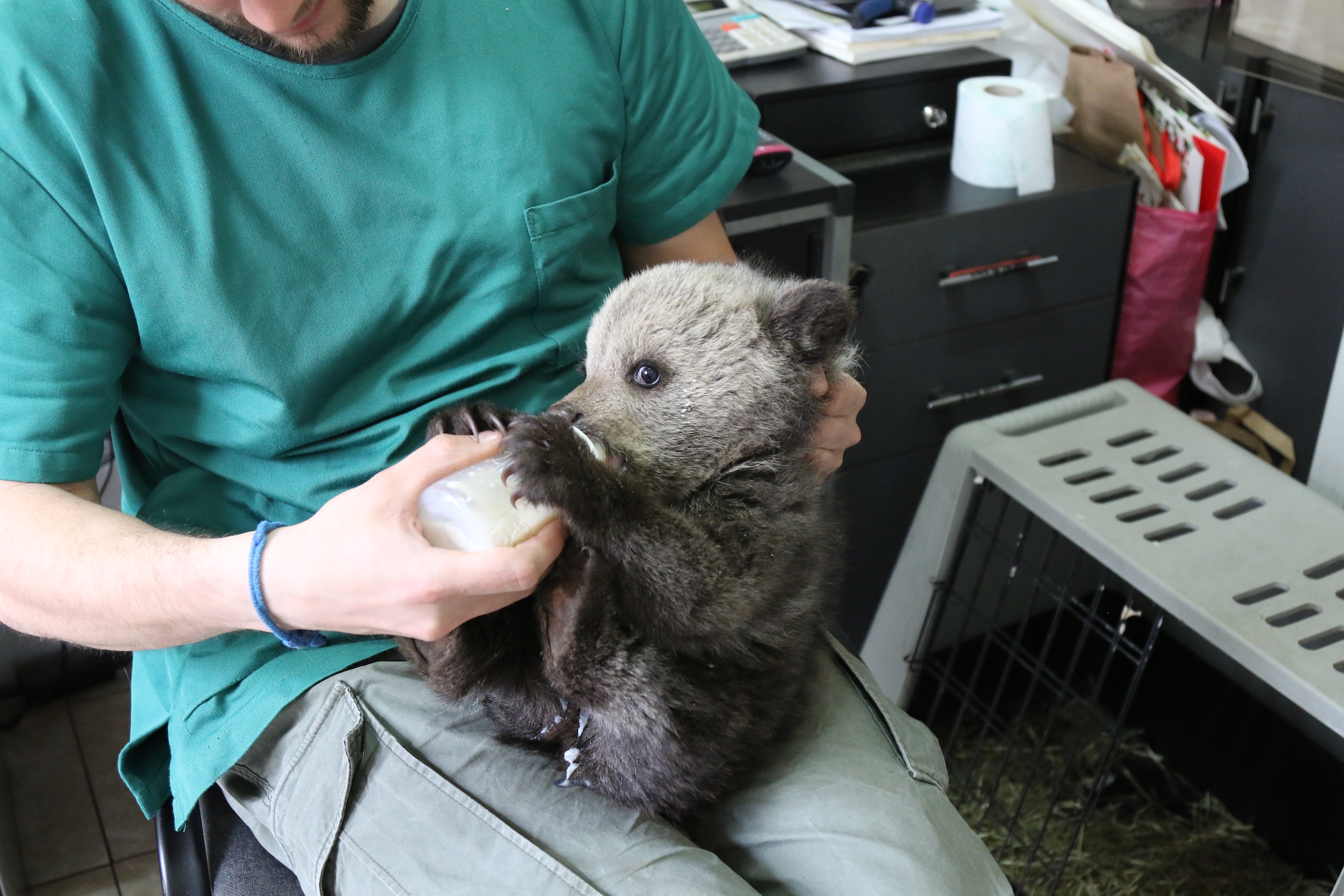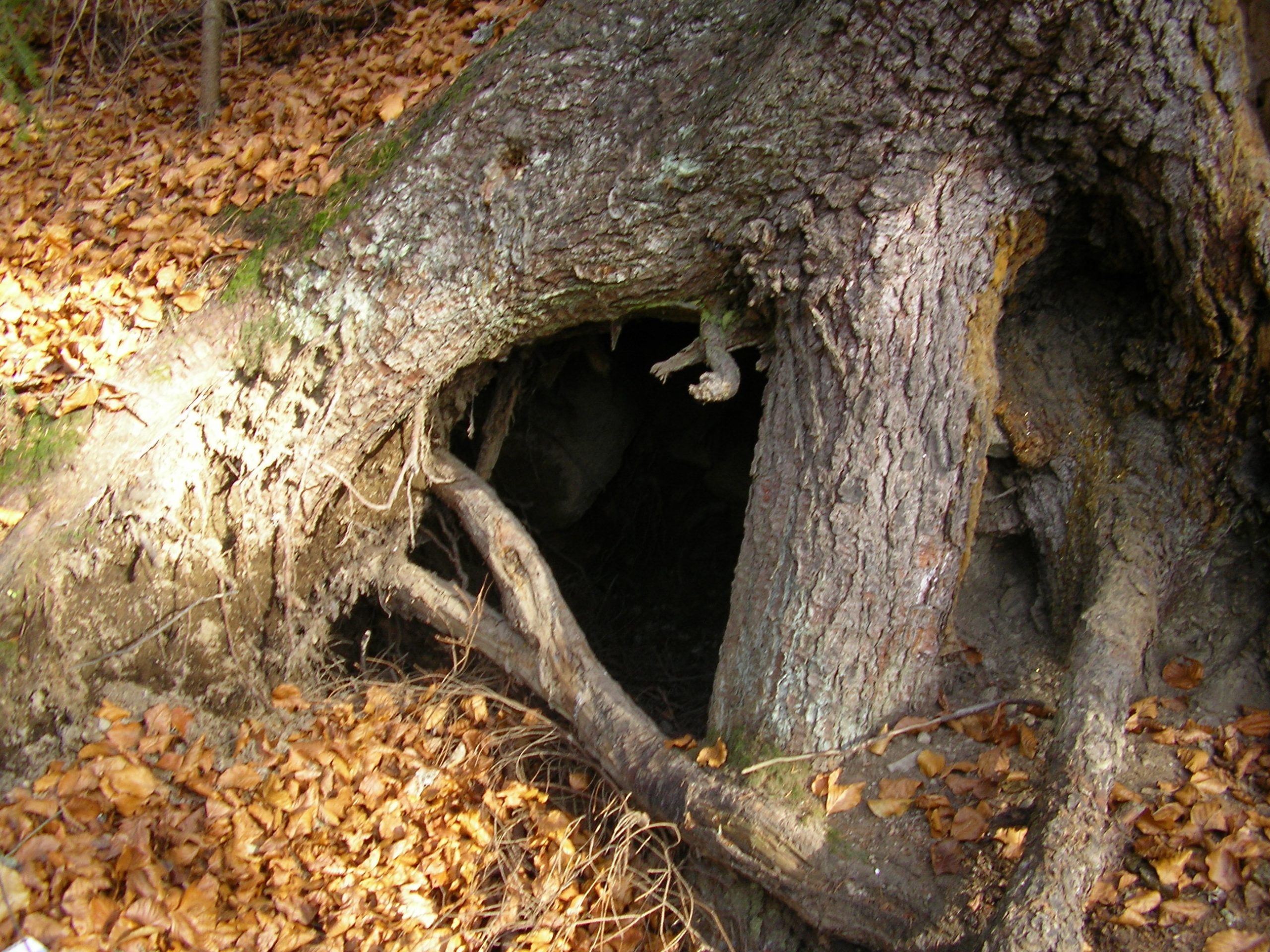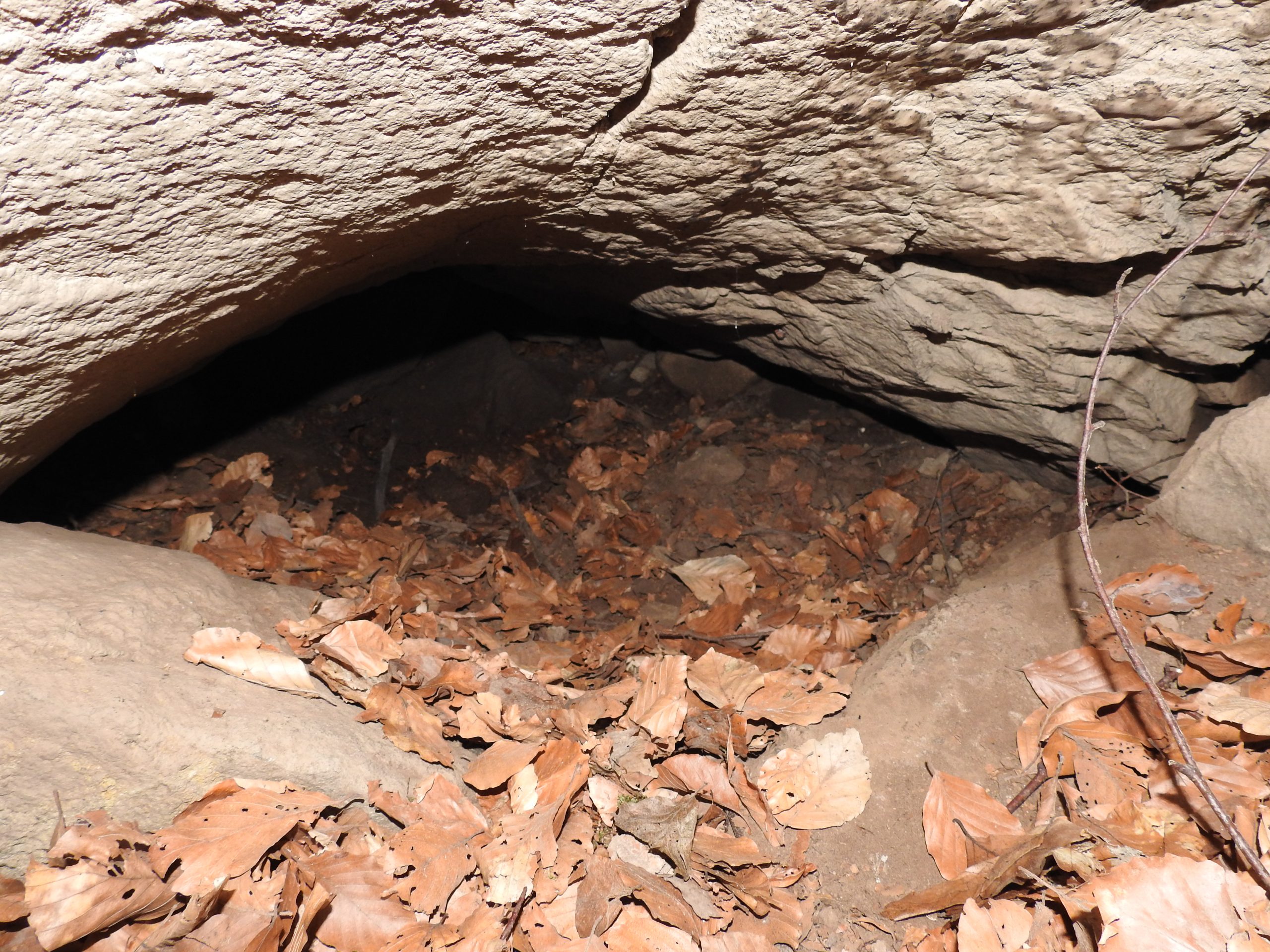“Bear Facts” is a mini-series of short movie clips on brown bear biology and ecology, essentially addressing the conservation and management of the species. Through the series, Milvus Group aims to spread correct and factual information about bears to try to counterbalance the omnipresent negative reports and frequent misinformation in the Hungarian and Romanian mass media. The post was sent by Csaba Domokos, brown bear program manager at Milvus Group – Bird and Nature Protection Association.
Winter denning is an essential feature of brown bear ecology, as it enables the animals to survive the prolonged period of food unavailability during the winter months. Pregnant females use the security of winter dens for giving birth to vulnerable cubs and providing early maternal care. These bears are the first to retreat to dens and the last to emerge in spring with their small cubs. During denning, bears do not eat, drink, urinate or defecate and rely entirely on fat reserves accumulated in the pre-denning period. Their heart rate slows, body temperature decreases and metabolism is reduced by approximately 70%. While in their dens, bears may lose 22%, birthing females even 40% of their pre-denning body weight.

Important threats to den safety are flooding, especially following the melting of snow in spring, and substrate collapse. However, the most significant threat is anthropogenic disturbance during the denning period. These threats can result in losing energy through increased activity within the den or, in severe cases, from den abandonment. Den abandonment can have potentially lethal effects on litters of cubs born during the denning season as well. Consequently, the selection of a denning site with a low probability of disturbance is important for successful wintering.

Bear dens were located by the Milvus Group from 2008 to 2017, mostly with the help of local people, especially game managers, foresters, and in some cases based on telemetry data from bears fitted with GPS collars. A total of 115 bear dens and eight open nests were identified. Most of the bears in the study area spent the winter in excavated dens, which accounted for 76 percent of all wintering structures; the rest were natural cavities and open (ground) nests.
A variety of human activities can possibly impact denning bears. The most widespread disturbances across our study area have been logging and hunting. Due to special ownership systems, large areas of mountain forests are managed by common land owner associations, while small forest parcels in the foothills are owned by individual owners. As a result, logging in the mountains is done in a more organized way with less environmental disturbance, while logging in the foothills often occurs each winter on the exact same parcel. Wintertime hunts for wild boar present the highest chance for bear dens to be encountered (and disturbed). Other activities that affect wintering bears are motorized winter sports and disturbances by herders, villagers, and domestic dogs.


During 2011-2018, in cooperation with Vets4Wild, we took custody of, rescued, or were contacted to take into our care 24 brown bear cubs. We estimate that about half of the cubs were taken from their dens, possibly after the females were chased away or poached.